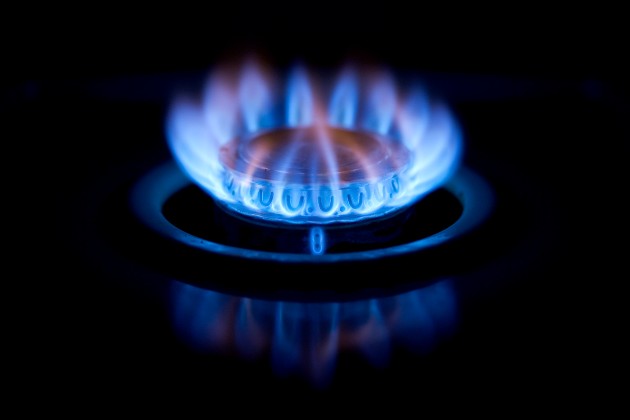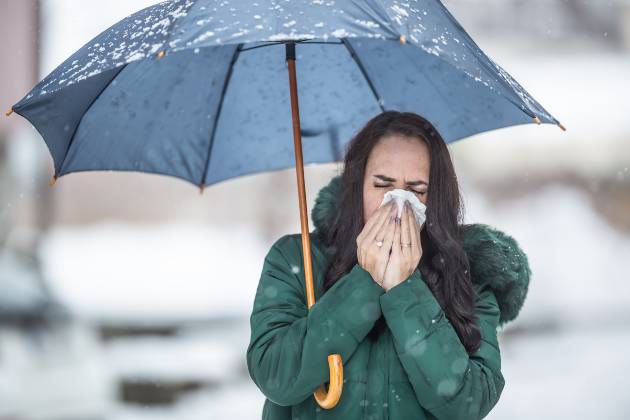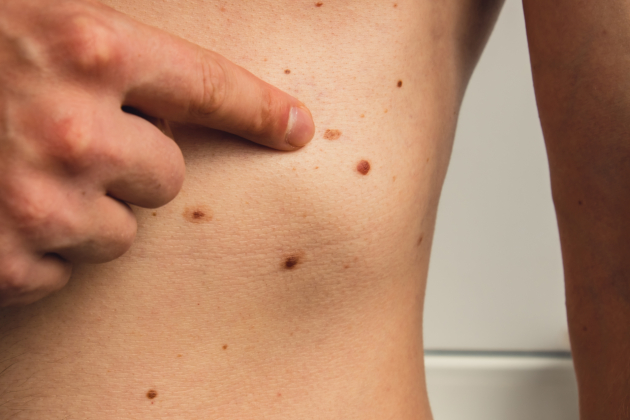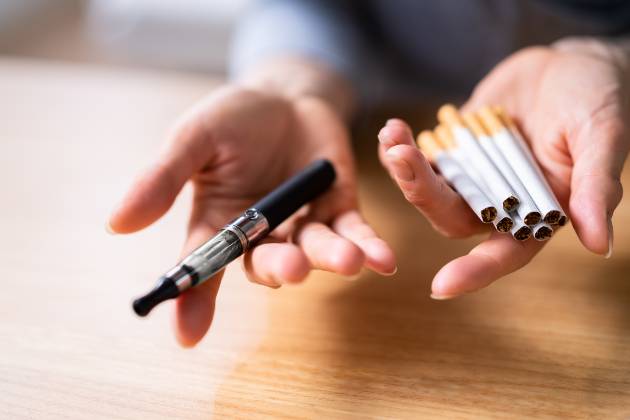Most households use gas appliances, and do so more frequently in winter. However, carbon monoxide poisoning can happen at any time of year, and can significantly impact health.
Michaela Nuttall, who’s been a nurse for 30 years and is now director of nurse education organisations Learn With Nurses and Smart Health Solutions, currently represents the RCN on the All-Party Parliamentary Carbon Monoxide Group (APPG).
She wants to get people talking about the dangers of carbon monoxide, the signs of carbon monoxide poisoning, and steps that can be taken to keep people safe.
Through the RCN’s Public Health Forum, Michaela has represented the RCN on other topics and was motivated to take on this role after a family friend was affected by carbon monoxide poisoning and “because many of the symptoms of carbon monoxide poisoning are often misdiagnosed or left undiagnosed”.
Symptoms of poisoning
Carbon monoxide can form wherever any carbon-based fuel is burnt, for example in a boiler, gas cooker or fireplace. In England and Wales, there are around 20 accidental deaths from carbon monoxide poisoning per year, with figures in Scotland and Northern Ireland in the single figures, but exposure to carbon monoxide at lower levels can still cause health issues. It can lead to symptoms such as headaches, nausea and dizziness, and is associated with serious issues including brain damage, cardiovascular problems, low birth weight, and respiratory difficulties.
“There are potentially thousands of people out there with non-specific symptoms feeling very unwell,” says Michaela. “The number of people living with symptoms is unknown. People who go to the doctor saying they’re feeling tired and have headaches may get dismissed. If you’re pregnant or have other health conditions, exposure to carbon monoxide can be more dangerous.”
For nursing staff, she says, there are two reasons to learn more about carbon monoxide: to stay safe at work and to improve diagnosis of carbon monoxide poisoning.
“Nursing staff themselves might be living somewhere with an unsafe boiler that could be producing carbon monoxide, but many will also be going into care settings, such as people’s homes and care homes, where there is risk of exposure to carbon monoxide over time,” Michaela explains.
“Then awareness of symptoms might help nursing staff diagnose carbon monoxide poisoning. Symptoms like feeling tired all the time, chest pain, dizziness, headache, nausea and maybe even neurological conditions could be lots of different things, but they could be carbon monoxide poisoning.”
Safety at home
New rules were introduced this year to ensure that all privately rented homes with a fixed combustion appliance are fitted with a carbon monoxide alarm. The APPG that Michaela and the RCN are part of involves representatives from gas distribution networks, MPs, the NHS, Gas Safe Register and more. “It’s a whole systems approach,” says Michaela. “I think it’s great that we’re involved.”
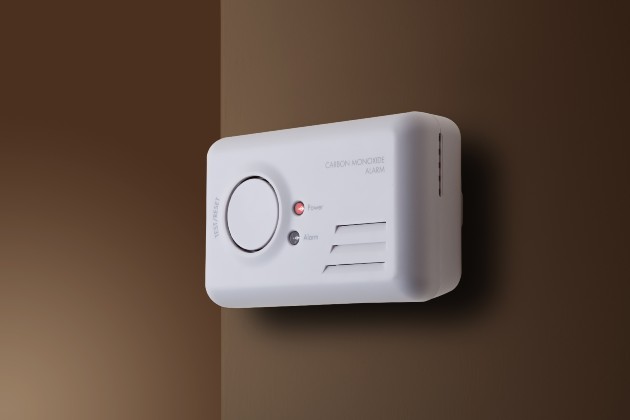
This year, it’s more crucial to be aware of carbon monoxide poisoning than ever. “Many nurses and nursing support workers are going to struggle this winter with the cost of living. Carbon monoxide safety is possibly going to be worse as financial pressures tighten and people are looking for alternative ways of heating, or not getting their boiler or other gas appliances serviced regularly,” says Michaela. “Awareness of symptoms and safety can help us prevent that.”
Michaela is now creating new resources to help nursing staff improve their knowledge of carbon monoxide poisoning. “I’m creating a quiz through Learn With Nurses, a podcast,” she says. “It’s helping nursing staff make the connections between the symptoms. We need to look after ourselves and our patients.”
Detecting exposure
There is a helpful acronym – COMA – which nursing staff can use when they encounter someone with such symptoms:
C – Cohabitees: Are other members of the household (or colleagues who work in the same setting) experiencing similar symptoms?
O – Outdoors: Do symptoms improve when they go outside?
M – Maintenance: Has their boiler and other gas or wood burning appliances been serviced in the past year?
A – Alarm: Do they have a carbon monoxide alarm and has it been activated recently?
The acronym can help guide questions, allowing nursing staff to narrow in on the probable cause of the symptoms. “If a patient says: ‘My children are feeling groggy’ and ‘What’s a carbon monoxide alarm?’ then you might be more suspicious of carbon monoxide poisoning.”
The next steps, says Michaela, would be raising your suspicions. If the person is at home, they should be advised to turn off any gas appliances, open windows, exit the building and call the Gas Emergency Service on 0800 111 999. Once safe, the person should buy a carbon monoxide alarm, and seek medical advice.
People with suspected carbon monoxide poisoning may need to be checked in a hospital, especially if symptoms are severe, or they are pregnant, elderly or have health conditions that affect the lungs and cardiovascular system. At hospital, tests can be done to check the level of carbon monoxide in their blood, then treatment can include administering oxygen to reduce blood carbon monoxide levels.
Learn more
- Test your carbon monoxide knowledge using the Learn With Nurses quiz.
- Read more about carbon monoxide poisoning on the NHS website.


